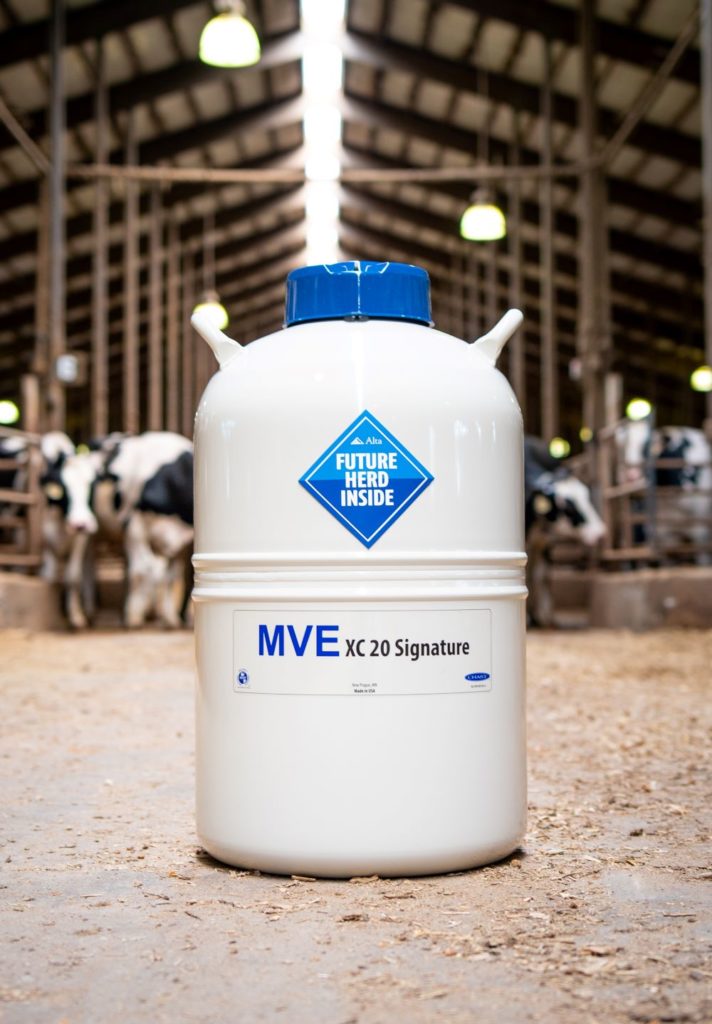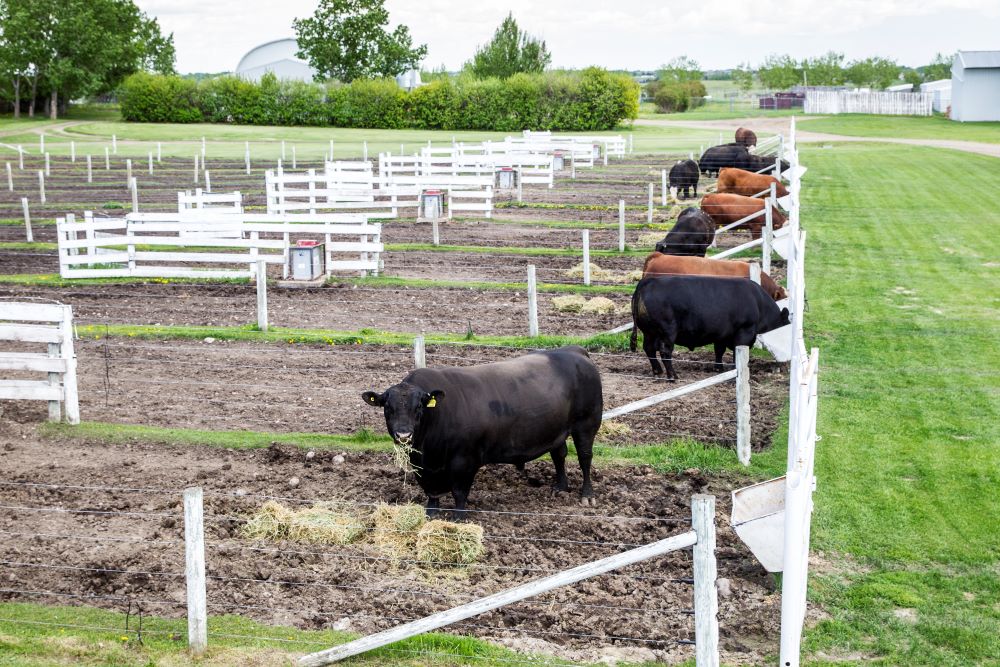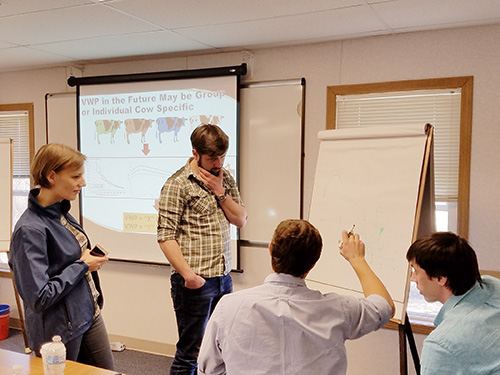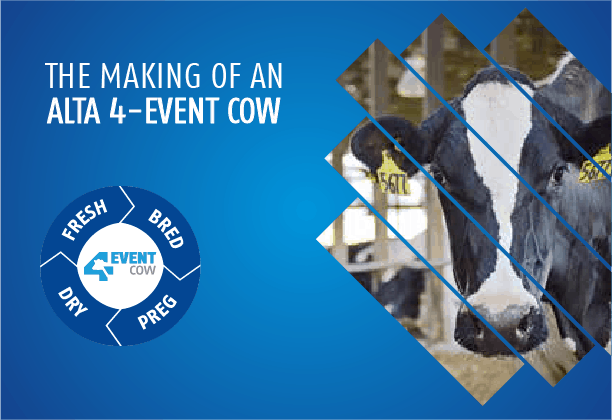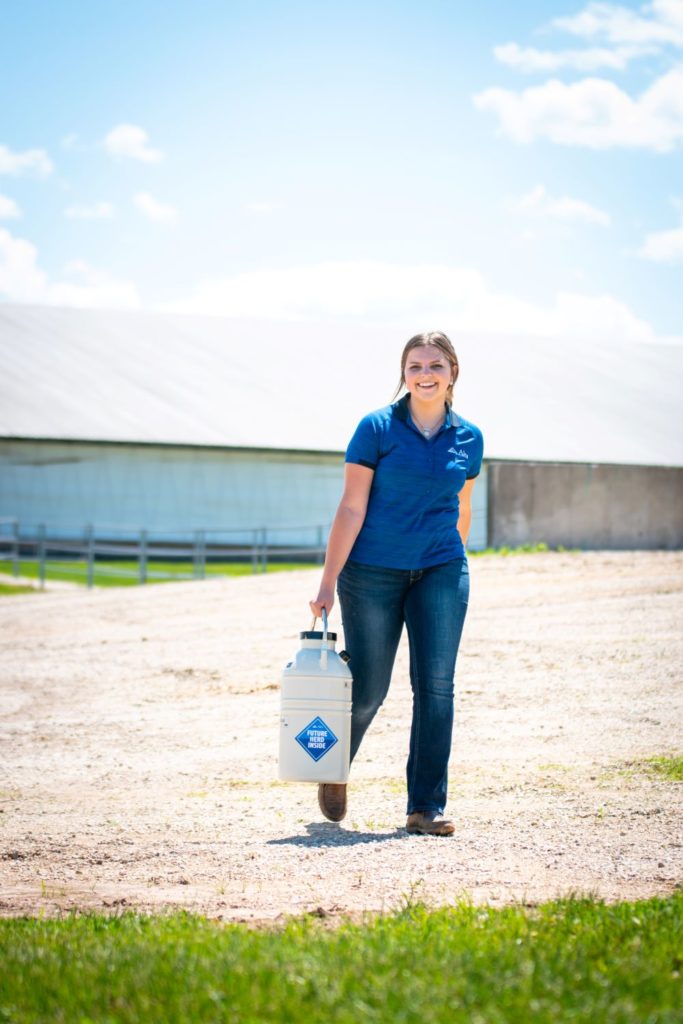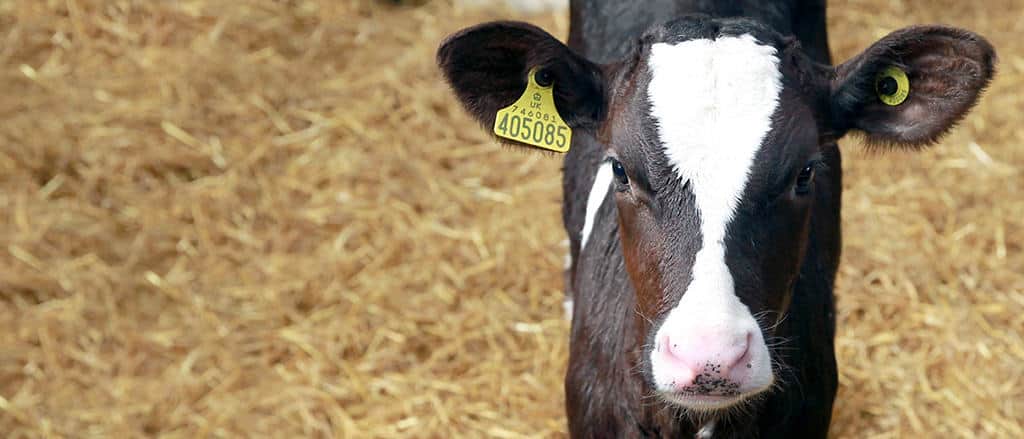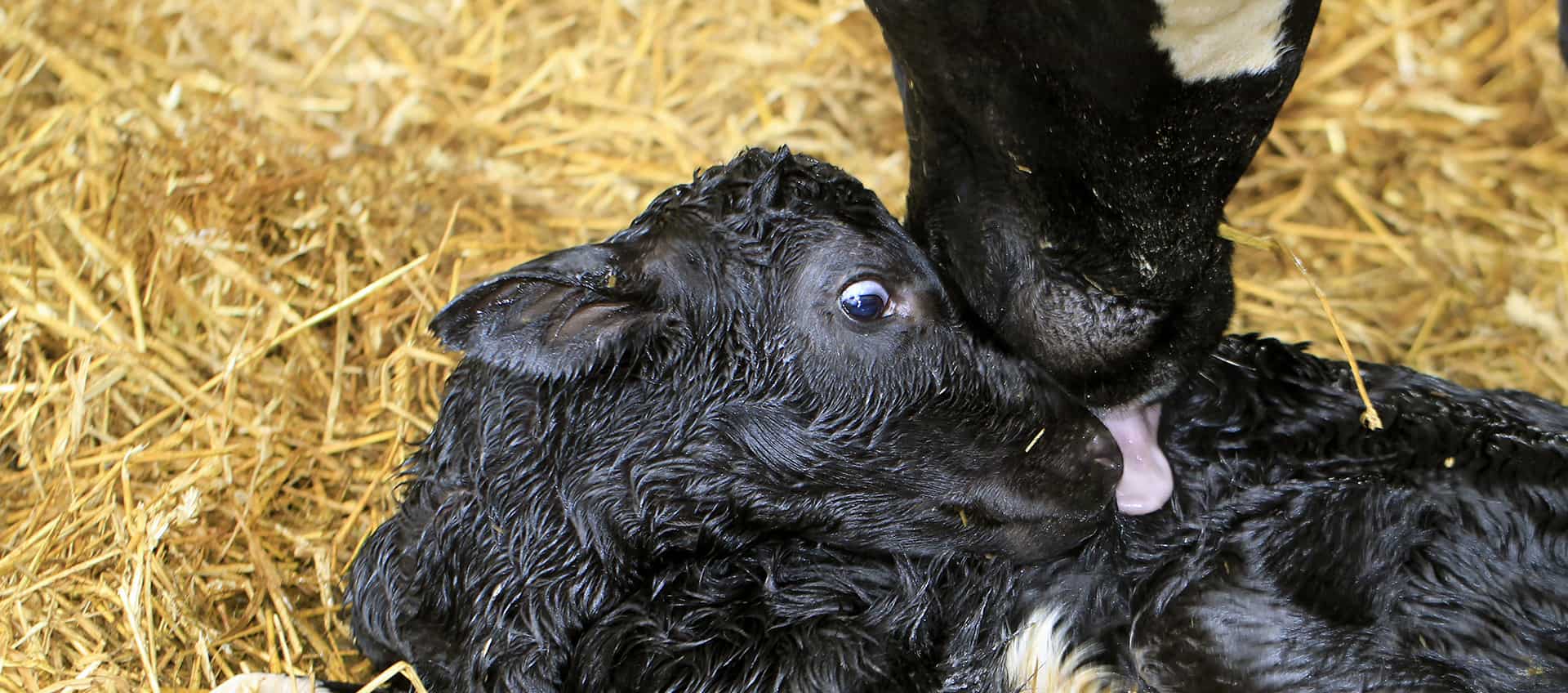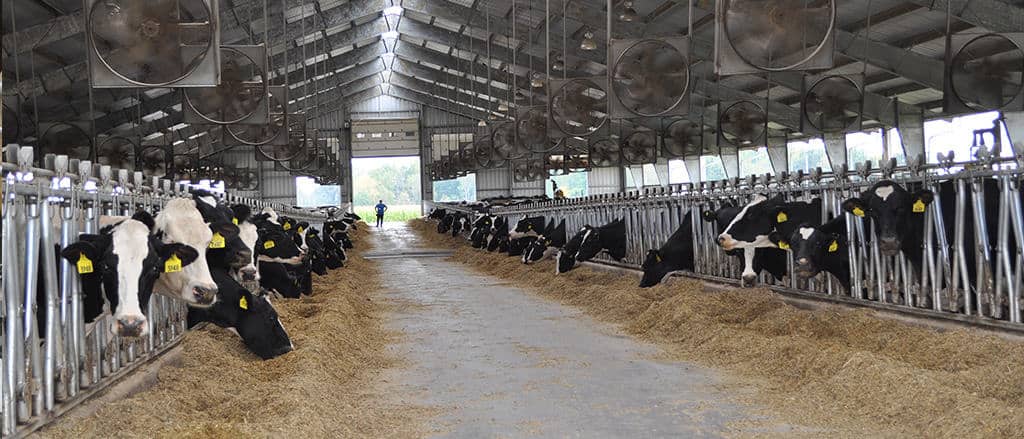Progress is a good thing…
And that rings true as much with genetics as in any area on your dairy operation.
In the simplest of terms, genetic progress is making better cows, faster. Before we can share tips on how to make genetic progress in your herd, it’s important to understand the actual equation for genetic progress. It depends solely on four factors.

SELECTION INTENSITY
the proportion of the population selected to become parents.
Do you use artificial insemination rather than a herd bull? Do you code cows with poor production, udders, or feet and legs as Do Not Breeds? Do you flush your best females and use your low end animals as embryo transfer recipients?
A yes to any of these questions means you are increasing selection intensity on your dairy by simply being more selective on which males and females you choose to be parents of your next generation of cattle.
ACCURACY of selection
the average reliability of genetic evaluations used to make decisions about parents of the next generation of animals.
In the world of genetics, accuracy is primarily measured in terms of reliability. And in terms of genomics, accuracy is a function of the size of the reference population that is used to compare against a genomic-tested animal. Currently, the genomic reliabilities for production traits are often 70% or greater in North American Holsteins, which is twice the level of reliability that we used to achieve with traditional parent averages computed based on pedigrees.
Genetic VARIATION
the degree of difference that exists between the best animals for a given trait and the worst animals for that trait.
If all animals were clones of one another, the variation among animals would be zero, and the opportunity to make genetic progress in any and all traits would cease to exist. Different genetic makeups and pedigrees lend way to variation among animals.
Genetic variation can be quite different from one herd to another. A herd that has used a focused genetic plan to select AI service sires for many years will have much less variation than a herd that has purchased animals with unknown pedigrees.
In comparison with other factors in the equation for genetic progress, little can be done to increase the amount of genetic variation within a given population. However, since inbreeding decreases the effective population size, by avoiding overly excessive inbreeding levels we can prevent a decrease in genetic variation.
GENERATION INTERVAL
measured as the average age of the parents when an offspring is born.
As the prevalence of genomic sires has increased over the past five years, the generation interval has been on the decline. Now, instead of waiting a minimum of 4.5 years to use traditional progeny-tested bulls, both farms and AI companies can more confidently make use of genomic-tested bulls in their on-farm AI programs or as sires of sons by the time an elite sire is roughly one year of age, decreasing the generation interval on the paternal side by more than three years.
So to put these factors of the genetic progress equation into play on your farm, what management strategies can you implement to make the most genetic progress possible?
1. Set your own genetic plan
You can make genetic progress in a variety of ways. First and foremost, you want to ensure you’re making progress in the right direction. To do this, set your own customized genetic plan, placing your selection emphasis only on the traits that matter to you – whether that’s production, health or conformation, and any specific traits within those categories. This way, you’ll not only make progress, but it will be in the direction of your goals in order to maximize progress and profit on your dairy.
2. Use the best bulls to suit your genetic plan
Once you’ve set your genetic plan, select the best bulls to fit that plan. You can take advantage of the amplified selection intensity put into place by your AI company, knowing that from the thousands of bulls they are genomic testing each year, they select only the best of the best to be parents of the next generation.
If you also select only the elite sires that fit your genetic plan from your AI company you maximize your on-farm selection intensity as compared to using just any cheaper bull off the proof list.
3. Utilize a group of genomic proven sires as part of your genetic program
There is no need to fear genomic-proven sires. By making use of the best and brightest genomic-proven sires available, like Alta G-Star sires, you make strides in all areas of the genetic progress equation. You decrease the generation interval as compared to waiting to use daughter-proven sires. You also step up the genetic selection intensity on your farm.
The accuracy gained from an ever-growing reference population of genomic-tested males and females is another benefit of selecting from a group of genomic-proven sires. And by utilizing a group of these sires, rather than one individual, you can maximize the genetic variation when pedigrees differ among them.
You can take these tips one step further using a strategic approach with the females in your herd. However, these are the top three, simple ways to make genetic progress on your dairy.
If you implement these steps, you will increase selection intensity, accuracy and variation, while decreasing generation interval. The progress you make will be in the direction of the goals you’ve set for your farm, so you can capitalize on the genetic profit and progress potential.

